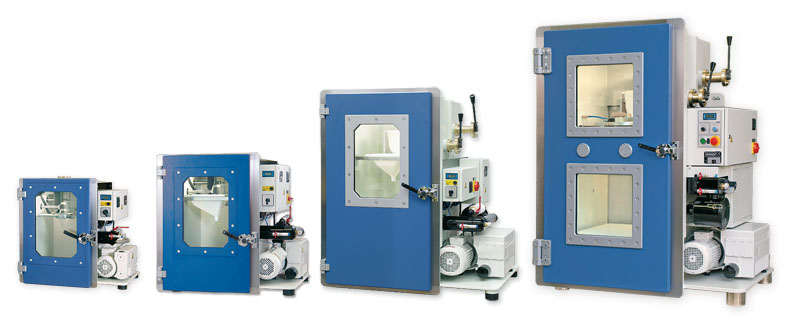Vacuum
casting is a reliable and adaptable casting process normally followed to
produce prototypes and industrial parts. The procedure requires a top quality
master model - this can also be a completed mechanical part, or a model made
utilizing stereolithography (for the most part the case for prototyping
applications). In any case, it's important that the master model is of ideal
quality in terms of both the looks and measurements, with the goal that no
defects are transferred to the model/industrial part while completing the
procedure.
The Procedure of Vacuum Casting:
The master
model is enclosed in a two-section silicone based rubber mould and cured at a
high temperature. Once relieved, the mould is cut open, leaving an empty region
at its middle which splendidly coordinates the measurements of the master model.
The mould then set in a vacuum chamber and its empty center is loaded with a
specifically pre-decided material.
For
prototyping applications, material that is utilized to fill the mould is
generally a polyurethane resin used to imitate the particular qualities of an
industrial material, including: polycarbonate, glass filled nylon, and ultra-thick
polyethylene. This resin is usually blended with a metallic powder or shading
color keeping in minds that the end goal is to accomplish certain aesthetic and
useful properties. There are numerous such companies which provide vacuum
casting services in China and generally use polyurethane and metallic
powders as per the requirement of the final product.

Once the mould has been loaded with resin, it is fixed inside the vacuum chamber to keep any air bubbles away and to prevent getting the final item reined. At last, the resin is refined in an oven and the silicone mould is detached carefully with the goal that it can be reused to make more models/parts from the master model. Once evacuated, the model/part can be painted and improved according to priority or requirement.
Advantages:
Manufacturing different prototypes and parts utilizing vacuum casting can have various advantages, depending upon the application requirements. For best purposes, vacuum casting delivers big state of reproduction exactness and finishing alternatives. The procedure takes into account shading colors to be added to the vacuum chamber alongside the segments of resin so your final part will be a correct shading match with your client’s requirements.
Certain powders can be blended with the resin to give a scope of various finishes to your model or part, gold, aluminum, marble, or bronze can also be used. These are not as costly as one would envision since they are just blended in to show up on the item's surface layer.
Vacuum Casting’s Ideal Applications:
Aerospace and Automotive parts
Production of plastic based parts and prototypes for different industrial use such as medical devices, consumer goods, and prosthetics
Decorative objects: Short run custom ornaments, Showpieces, wall plaques
Function Testing and Part Integration
Product marketing
Vacuum casting, without any doubt is a popular and widely followed process of producing several industry specific prototypes and parts easily and quickly.
















